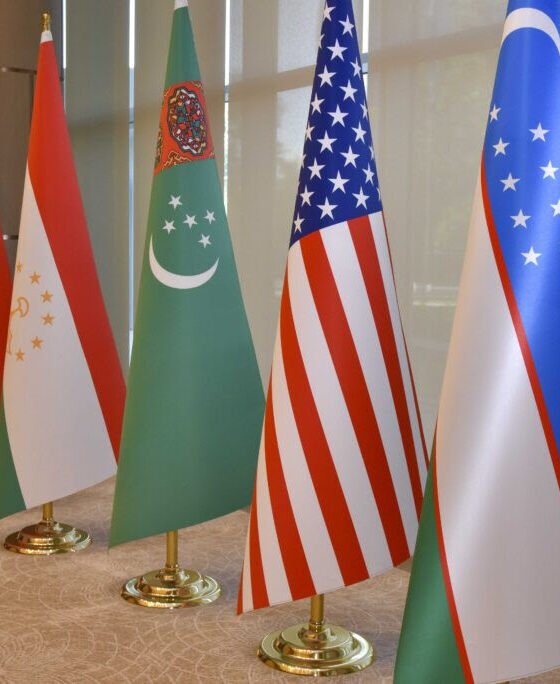Author: A.S. Mavlonova, National Research University “Higher School of Economics”
Source: RUDN University International Relations Journal
Abstract:
The article considers the important geostrategic position of Xinjiang, located at the intersection of foci of instability, at least having a common border with Afghanistan and Pakistan. The large-scale military conflict in the Middle East has definitely influenced the geostrategic position of Xinjiang. The analysis shows that the peculiarity of this conflict lies in the fact that it affects not only the political but also the economic situation of Xinjiang.
The aim of the study is to identify and analyze the main external factors that influence the activation of separatism in Xinjiang. As for the political aspect, the emergence of a new active force in the Middle East represented by ISIS creates certain risks for China, given the presence of radical young people, and the possibility of religious extremists from penetrating into its territory through Afghanistan and the Central Asian republics. China does not benefit from the prolonged destabilization of the political situation in Syria, the disintegration of the state or the victory of religious extremists. The author also comes to the conclusion that the military conflict in the Middle East can negatively affect the implementation of the project of the new Silk Road. Its starting point is Xinjiang. Successful implementation of the project will stimulate trade, economic and energy exchanges with the Central Asian republics and positively influence the stabilization of the situation in Xinjiang. But the problem lies in the fact that the road itself lies close to the Middle Eastern regions, where conflicts with the ISIS occur in the acute phase.
The article also examines the US influence on the situation in Xinjiang and support for the Uyghur separatist movement. In the future, the Uyghur issue is more likely to be used by the Americans to weaken and gain concessions from China on various issues. This research is based on the principles of general scientific system and structural approaches, as well as structural and functional approaches; cultural-civilizational and logical methods in order to ensure the study of the problem in accordance with historical facts and realities of the issue under study.













